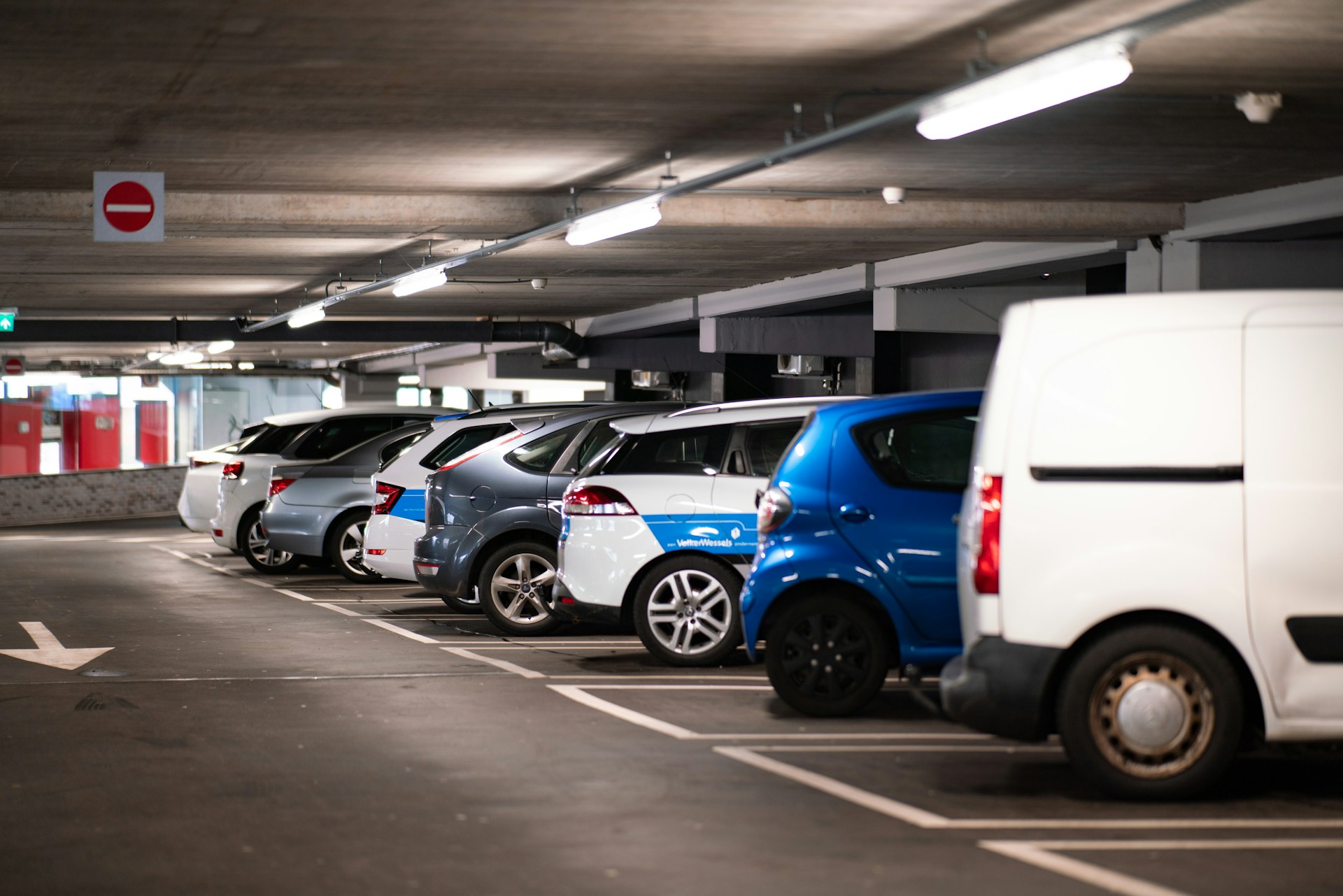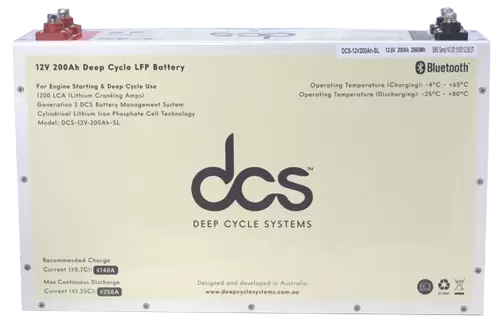
Smart Solutions for Congestion: Exploring Innovative Parking Management Techniques
Smart cities face a pressing challenge: traffic congestion. As urban populations grow, so does the strain on existing infrastructure, especially parking facilities. In this article, we delve into cutting-edge innovative parking management techniques that leverage technology to alleviate congestion, enhance parking space utilization, and promote sustainable urban development.
Smart cities have evolved from traditional urban centers to technology-driven ecosystems. The convergence of the Internet of Things (IoT), artificial intelligence, and cloud computing has paved the way for innovative solutions. Among these, parking management plays a crucial role in addressing congestion. In this article, we explore smart parking systems that enhance efficiency, reduce traffic bottlenecks, and contribute to the overall well-being of urban dwellers.
IoT-Enhanced Autonomous Parking Solutions
Leveraging IoT for Data Capture
Smart cities heavily rely on IoT devices for automation and data collection. In the context of parking, IoT-enabled sensors play a significant role. These sensors detect vacant parking slots, monitor occupancy, and relay real-time information to a central system. By integrating IoT into parking management, cities can optimize space utilization and reduce the time spent searching for parking.
Machine Learning for Object Identification
Within the Smart City Operational Platform Ecology (SCOPE) model, a specific module focuses on data processing and learning mechanisms for object identification. Let’s zoom in on one such application: a smart car parking system. Here’s how it works:
- Smart Identification Techniques: The system employs machine learning models like AlexNet and YOLO (You Only Look Once) to identify available parking slots. These models learn from historical data and adapt to changing conditions.
- Two-Tier Approach: SCOPE’s learning controller uses a two-tier approach. The first tier involves AlexNet, a deep neural network, for initial slot detection. The second tier employs YOLO, which excels at real-time object detection. This combination ensures stability and accuracy.
- Real-Time Updates: As vehicles enter or exit parking areas, the system dynamically updates slot availability. Drivers receive real-time information via mobile apps or digital displays, reducing the hassle of circling for a spot.
Challenges and Future Directions
While IoT-enhanced parking solutions hold promise, challenges persist. These include privacy concerns, scalability, and interoperability. Future research should focus on:
- Privacy-Preserving Techniques: Balancing data collection with user privacy is crucial. Anonymization and secure communication protocols can safeguard sensitive information.
- Scalability: As cities expand, parking systems must scale seamlessly. Cloud-based architectures and edge computing can address this challenge.
- Integration with Urban Mobility: Smart parking should align with broader mobility initiatives. Integrating parking data with public transportation and ride-sharing services can create a holistic urban mobility ecosystem.
Conclusion
In conclusion, metropolitan parking solutions are pivotal in the evolution of smart cities grappling with escalating traffic congestion. Through the integration of IoT and machine learning technologies, innovative parking management systems offer a beacon of hope in optimizing space utilization and enhancing urban mobility. While challenges such as privacy, scalability, and integration persist, future advancements promise to address these hurdles. By prioritizing privacy-preserving techniques, scalability, and integration with broader urban mobility initiatives, smart parking can pave the way for congestion-free streets and sustainable urban living. Embracing these innovations is not just beneficial but imperative for the continued development of smarter, more efficient cities.


